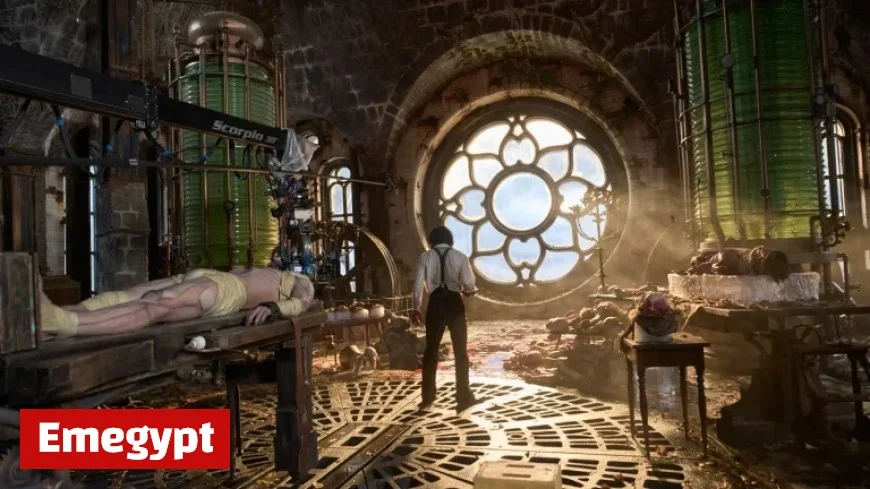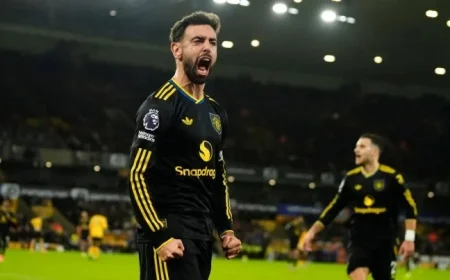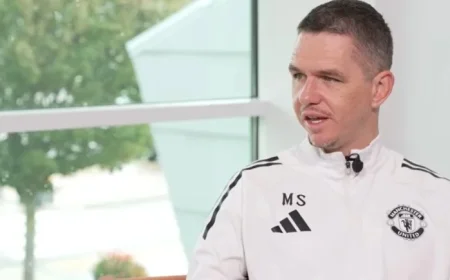Inside the Artistry of Dan Laustsen: Crafting Guillermo del Toro’s ‘Frankenstein’ and Embracing the Darkness

Guillermo del Toro’s adaptation of Frankenstein premiered this fall, making its debut at the Venice Film Festival in August before its global release on Netflix on November 7. This project marks the fifth collaboration between del Toro and Danish cinematographer Dan Laustsen, following their work on Mimic (1997), Crimson Peak (2015), The Shape of Water (2017), and Nightmare Alley (2021).
Reuniting for a Unique Vision
Laustsen described their reunion as akin to reuniting with a brother, highlighting their shared vision about light and color. Del Toro has long expressed his desire to create this film, which he has envisioned for decades. The screenplay left Laustsen awestruck. He emphasized that, instead of a horror movie, it tells a poignant story about love and forgiveness.
Innovative Visual Style
The artistic direction of Frankenstein revolves around a striking visual palette of amber and steel blue tones. Laustsen and del Toro employed moody, single-source lighting to enhance the film’s dark atmosphere. Their approach included sweeping camera movements over elaborate sets designed by Tamara Deverell.
- All scenes were shot using Alexa 65 cameras, including Steadicam work.
- Thalia Leica lenses allowed for a deep-focus staging, reminiscent of classic 70mm films.
- Physical builds and practical effects dominated the production, with no blue screen backgrounds utilized.
Laustsen noted that even miniatures were employed, such as for the castle explosion and collapsing laboratory scenes. He emphasized the challenge of creating practical effects that blended seamlessly with the film’s dynamic visuals. The creation sequence, in particular, combined sunset, rain, and lightning to evoke powerful imagery.
A Shared Artistic Vision
Throughout the development of Frankenstein, Laustsen and del Toro engaged in thorough discussions about the film’s aesthetic. Laustsen elaborated on their preference for wide-angle shots, which draw viewers into the action. He praised del Toro’s ability to maintain a cohesive, ambitious vision while allowing for creative fluidity during the shooting process.
Lighting Techniques and Inspirations
Regarding their lighting choices, Laustsen drew inspiration from the works of Caravaggio and the Danish painter Vilhelm Hammershøi. They explored the use of shadows and darker tones, deviating from the soft lighting typically associated with candlelit scenes. The contrast of amber and steel blue was deliberately chosen to heighten the drama without adhering strictly to realistic palettes.
Commitment to Practical Effects
Laustsen’s commitment to practical effects is evident throughout the film. He noted that the castle explosion utilized miniatures, and many elements, like the ship, were constructed on-site to bring authenticity to the film. All props and effects were crafted in-camera to ensure a tangible quality, favoring organic lighting over artificial alternatives.
Challenges and Achievements
The creation scene posed significant challenges, requiring precise timing and coordination as they transitioned from sunset to stormy weather. Laustsen reflected on the complexity of designing this scene, which involved multiple light sources and weather effects to create the right atmospheric conditions.
Frankenstein stands as a testament to the creative partnership between Guillermo del Toro and Dan Laustsen, showcasing their shared vision while embracing the darkness inherent in the story. As audiences anticipate its release, discussions about its artistic elements reveal a profound dedication to cinematic craftsmanship.

































